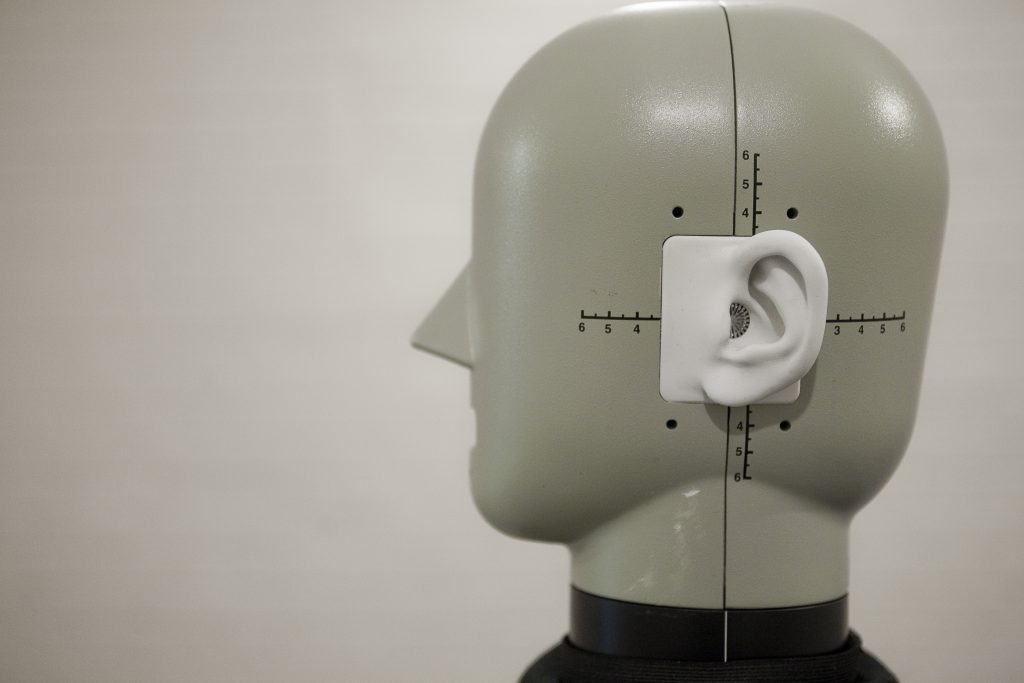Speaker: Katerina Poole (Imperial)
Wed 19th June 12:00 – 13:00 UK time. This seminar will be held in person in Newton 240 and on Teams – you can join online via this link.

Abstract:
Headphones-based (binaural) spatial audio technology can mimic the real-world acoustic environment by providing accurate spatial cues by head-related transfer functions (HRTFs). HRTFs, like fingerprints, are personalised to each listener due to unique morphological features that influence the surrounding sound waves. Yet, one key question we are faced with is “To what extent does this personalisation matter to human perception and how do we test it?”. In this talk I will describe my current research which explores whether synthesized HRTFs (from 3D scans) can be used to render successful binaural spatial audio instead of conventionally measured HRTFs. Despite the many difficulties that come with assessing a “good HRTF”, I will demonstrate paradigms that can test its effectiveness both during active listening (through behavioural tests) and during passive listening (via neural recordings through electroencephalography).I aim to highlight that the objective evaluation of spatial hearing performance is necessary for understanding how the brain uses these spatial cues and for the optimisation of spatial audio rendering methods to enhance perception in virtual acoustic environments.
Biography:

My research is motivated by understanding how our auditory system decodes incoming sound into meaningful information. I am currently a post-doctoral research associate in the Audio Experience Design Team at Imperial College London. My current work, using methods such as psychoacoustics, electrophysiology and modelling, investigates how the auditory system processes spatial cues and how we can use that knowledge to better render binaural spatial audio. My previous work, during my PhD at the UCL Ear Institute, used optogenetics and extracellular electrophysiology to explore how the brain, and the single and small networks of neurons in auditory cortex and hippocampus, detects acoustic patterns.
